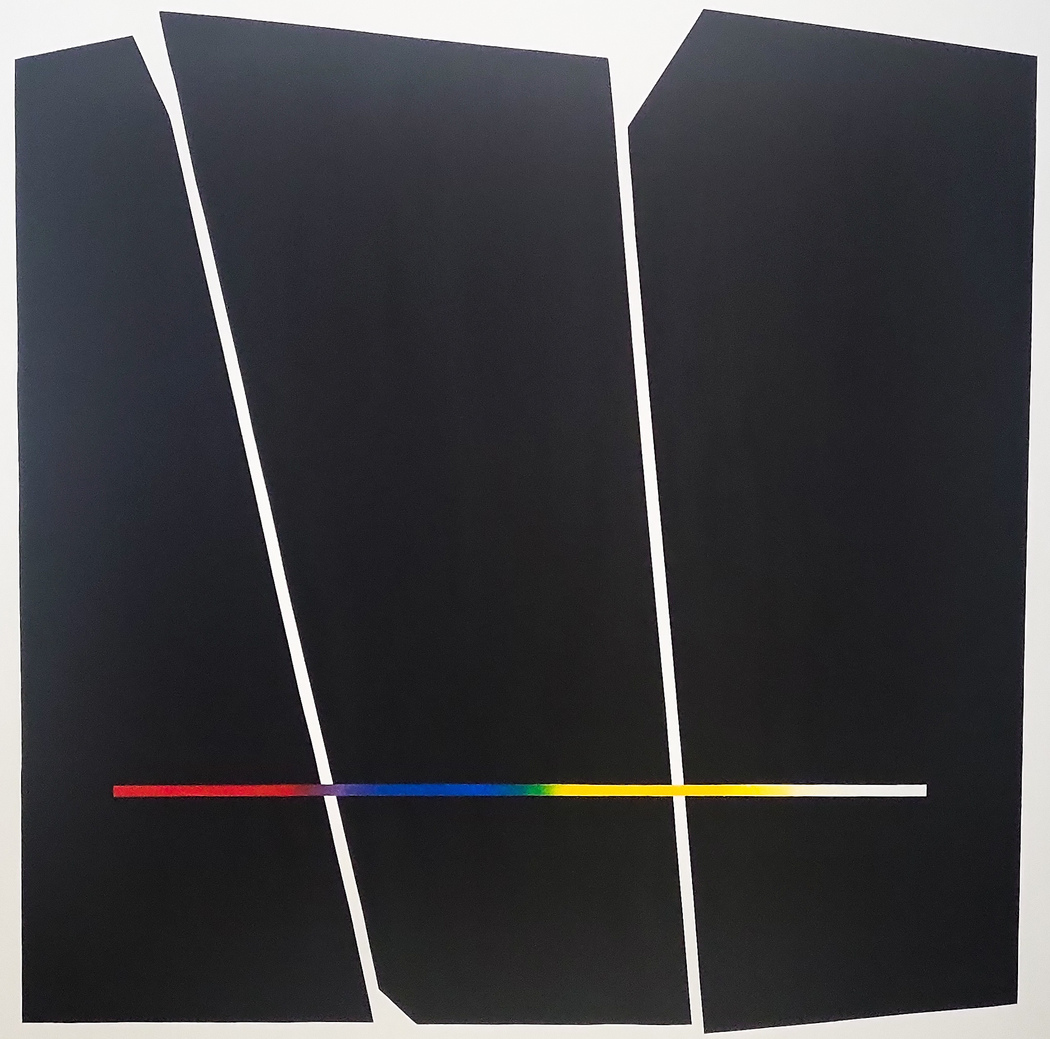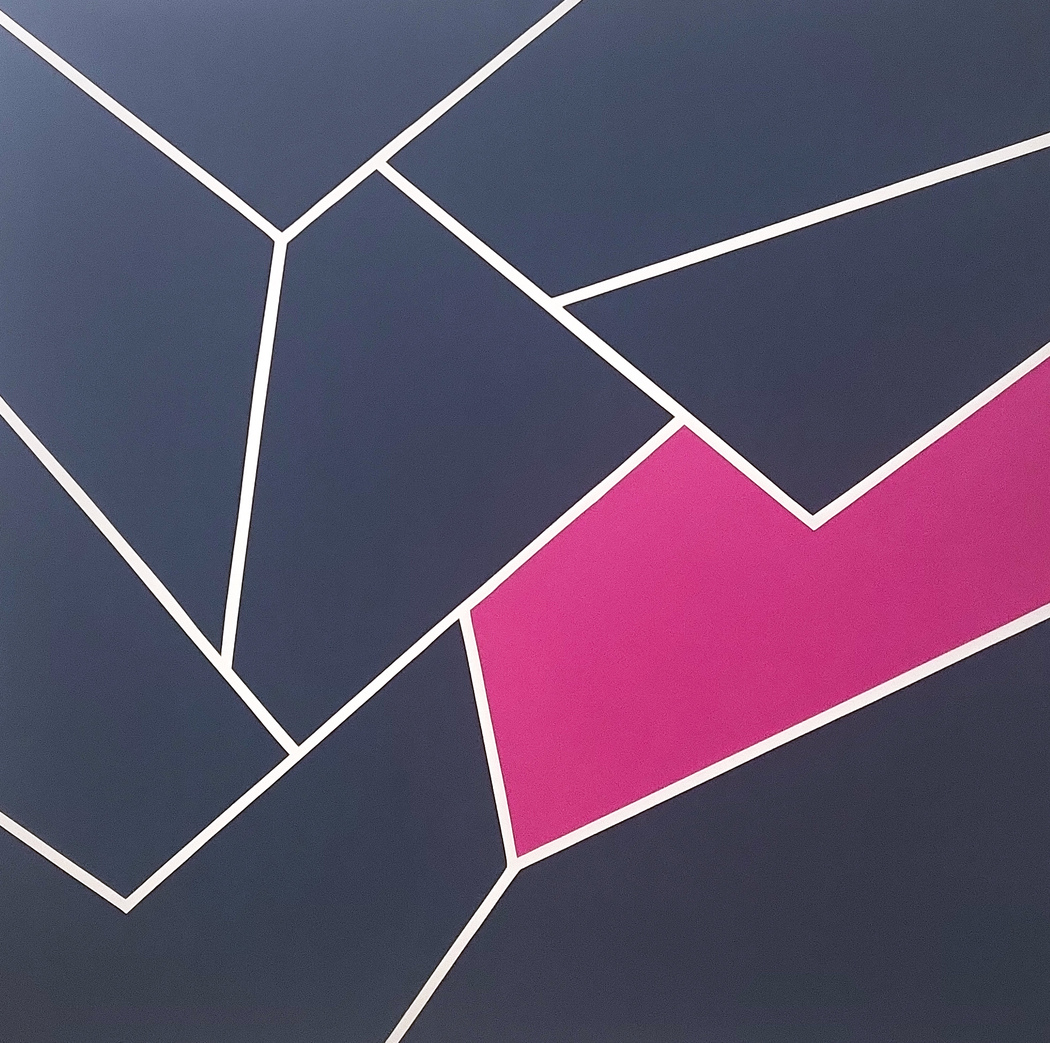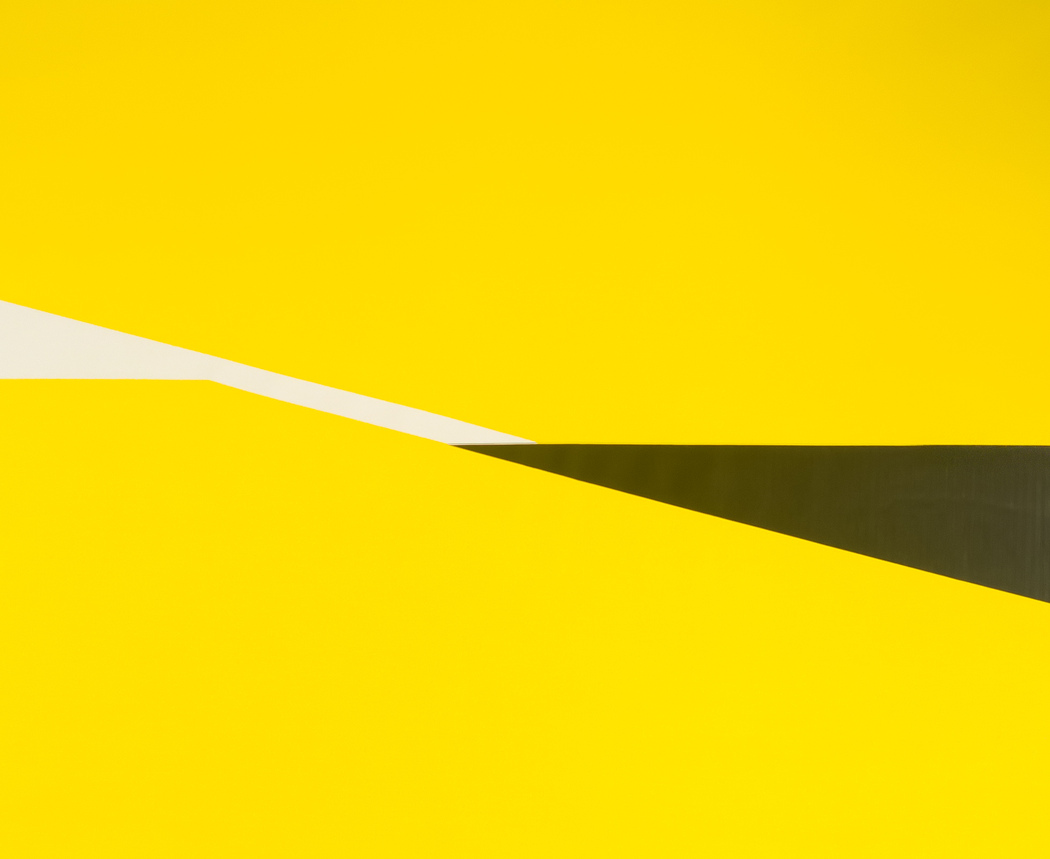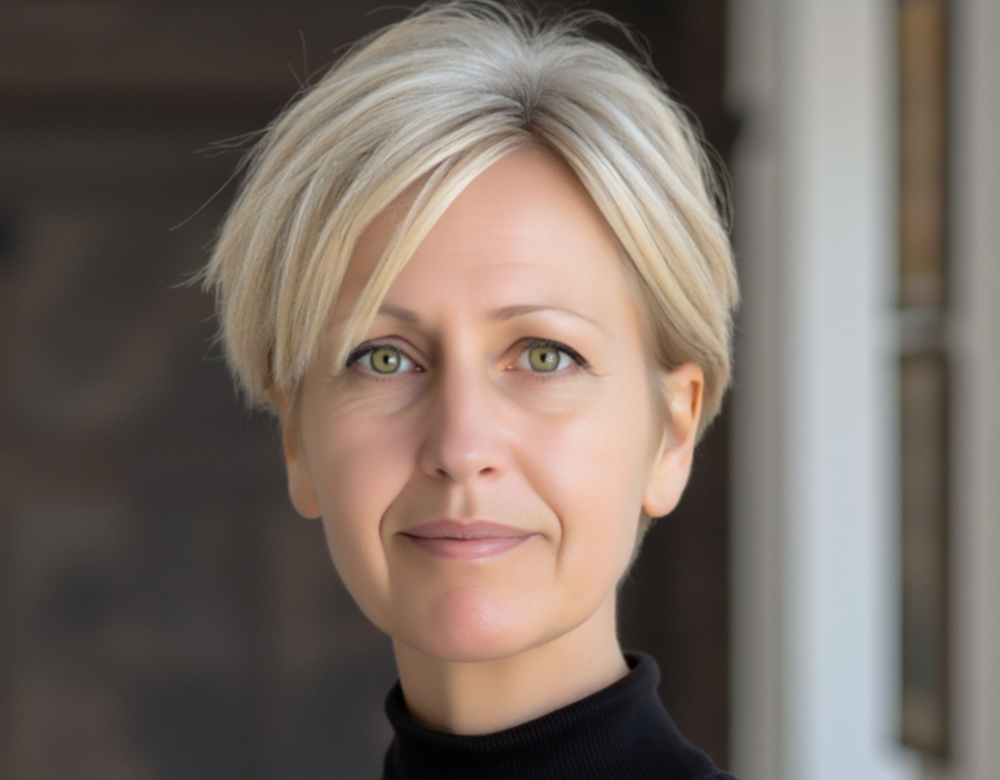Veronika Obushikhina
Year of birth: 1976.
Where do you live: Sant Feliu de Guíxols, Spain.
Your education: University degrees in Management, Psychology, and a Master’s in Linguistics.
Describe your art in three words: Precise, restrained, structured.
Your discipline: Painting.
Instagram
Your work explores the concept of antifragility, where strength emerges not in spite of pressure, but because of it. Can you share a moment from your life or your creative process where you experienced this transformation?
I know from experience that strength doesn’t appear on its own — it takes shape in the moments when you face difficulty and keep going. Each time I’ve entered a new stage — in life or in art — I’ve had to search, experiment, start over. Inspiration matters, but it’s not what defines the result — it’s effort, persistence, and honesty with myself that do. Pressure, whether internal or external, doesn’t destroy you if you learn how to lean into it.
My style emerged from this process — through doubt, through rejecting easy solutions, through the need for precision. The idea of antifragility resonates with me — not as a theory, but as a reflection of what truly makes us stronger: challenge, tension, sustained effort. These leave traces — and I capture them in form, in rhythm, in the line. Each of my works is a result of this inner work, where clarity and strength slowly come into focus.
 Veronika Obushikhina
Veronika Obushikhina
You mentioned that you seek strength in simplicity. Can you elaborate on how simplicity, pushed to the limit, communicates complex emotional or psychological states?
For me, simplicity is not about reduction — it’s about the concentration of meaning.
When form is stripped down to its essence, everything that remains starts to resonate more strongly. I try to remove anything unnecessary until only what is truly essential is left — color, line, the tension between forms. Emotion doesn’t always need to be loud. Sometimes, it’s silence, restraint, and pause that create a sense of tension, presence, and inner movement. Through simplicity, I aim to express emotion on a different level — deeper, more subtle. Minimalism demands focus, discipline, and control — and that’s where I see strength. There’s no room for randomness: every decision is deliberate, every element carries weight. When only the essential remains, it speaks with greater precision and intensity. That clarity becomes a source of inner energy.
Your paintings focus on intense tension, edges, and fractures. How do you express moments where everything shifts, yet remains on the edge of balance through your work?
For me, it’s not just about showing fracture, tension, or shift — it’s about finding a visual equivalent of an inner state where effort is present: restraint, resistance, pressure.
I express this through sharp lines, defined edges, and the opposition of forms. Everything is built on contrasts — but they don’t clash; they support and balance each other.
I’m drawn not to stable, but transitional states — when the structure is still holding, but change is already taking place within. These moments of tension, on the edge, often reveal the most truth. There is still order, but it’s under pressure. It’s not destruction — it’s the beginning of transformation.
 Veronika Obushikhina
Veronika Obushikhina
How does the use of acrylic, with its ability to layer and control edges, help convey the inner effort and tension you describe in your works?
Acrylic is the material that lets me fully control the process. Sharp lines and defined edges are essential in my work — acrylic makes that possible. I build each piece carefully, layer by layer, measuring every move. The paint dries quickly, doesn’t bleed, and avoids accidental effects — this helps maintain clarity in form. I don’t work impulsively — the tension in my work is internal. Acrylic gives me the control and precision I need to express that state on the canvas.
How do you think the intersection of strict form and aesthetic purity affects the way your work is perceived?
I believe it’s the strictness and clarity that create a space where the viewer can pause and feel. When the form is precise and the composition is focused, a kind of silence appears. This silence allows not only the visual to emerge but also the inner state behind it. My works don’t require decoding, but they don’t offer direct answers either. They are built to let the viewer find their own point of tension, their own response. A strict form doesn’t limit perception — on the contrary, it opens space for an internal dialogue.

What has been the most challenging aspect of transitioning from jewelry making and decorative techniques to your current minimalist painting style?
The hardest part was letting go of everything unnecessary. In decorative techniques, it’s about impression, effect, a variety of methods. But in minimalism, only what is truly essential works. I had to completely change my approach: to stop adding and start removing — to say more by showing less. It meant retraining — not just technically, but mentally. Giving up visual expressiveness brought a sense of discipline, depth, and precision. Only then did I feel I had found my language.


Leave a Reply